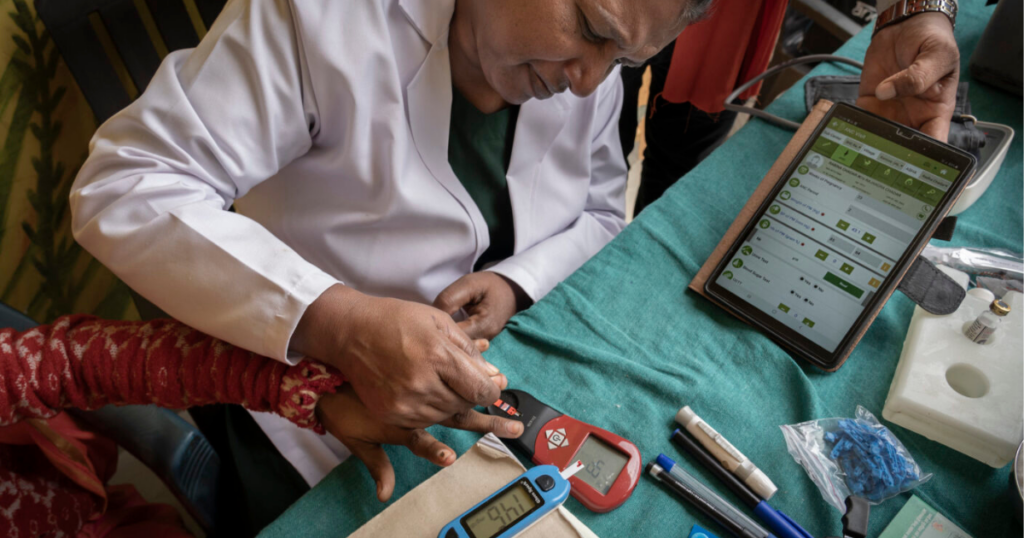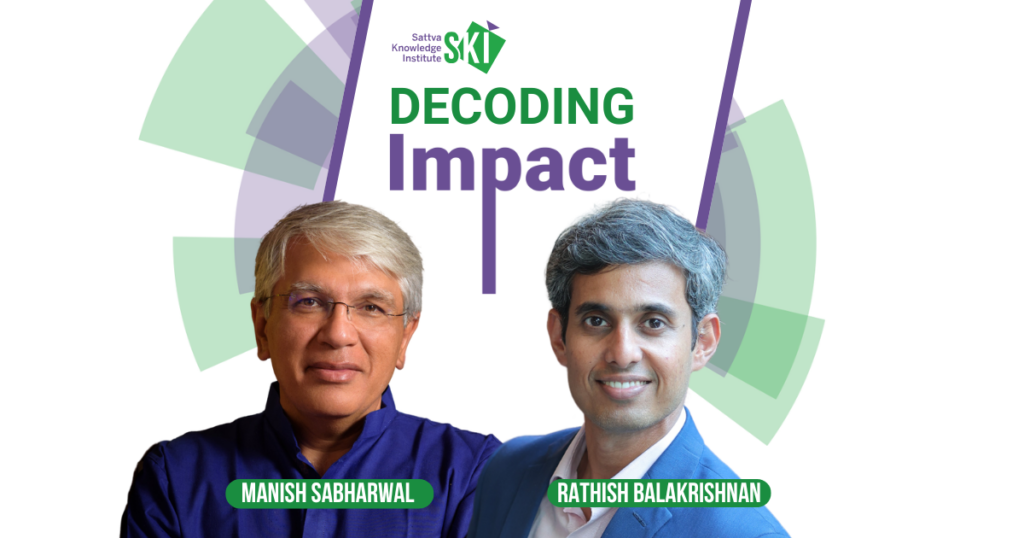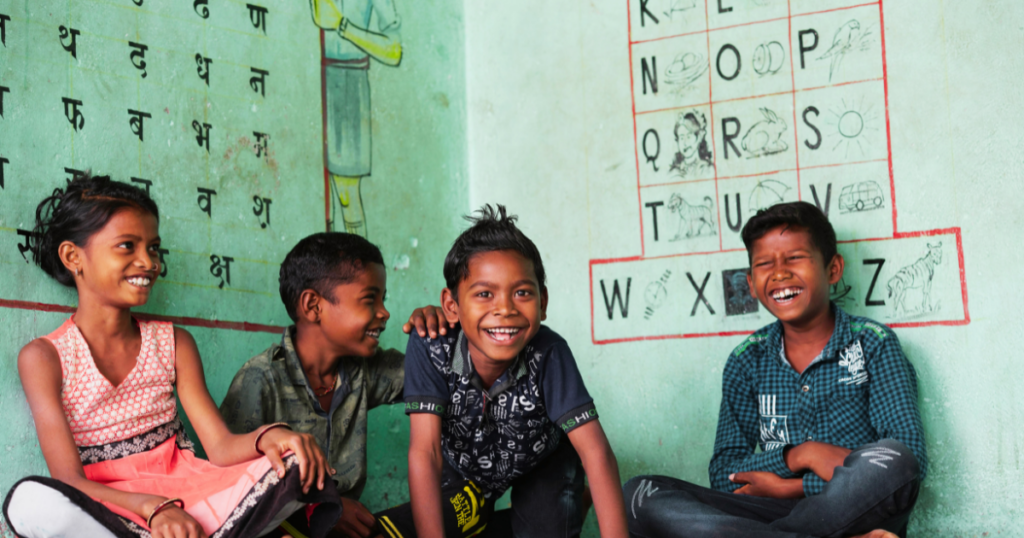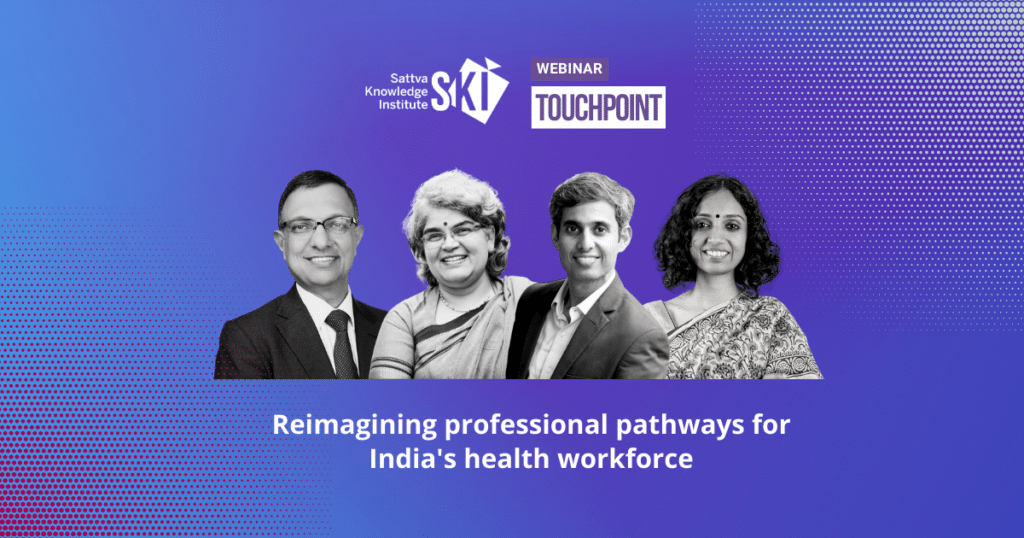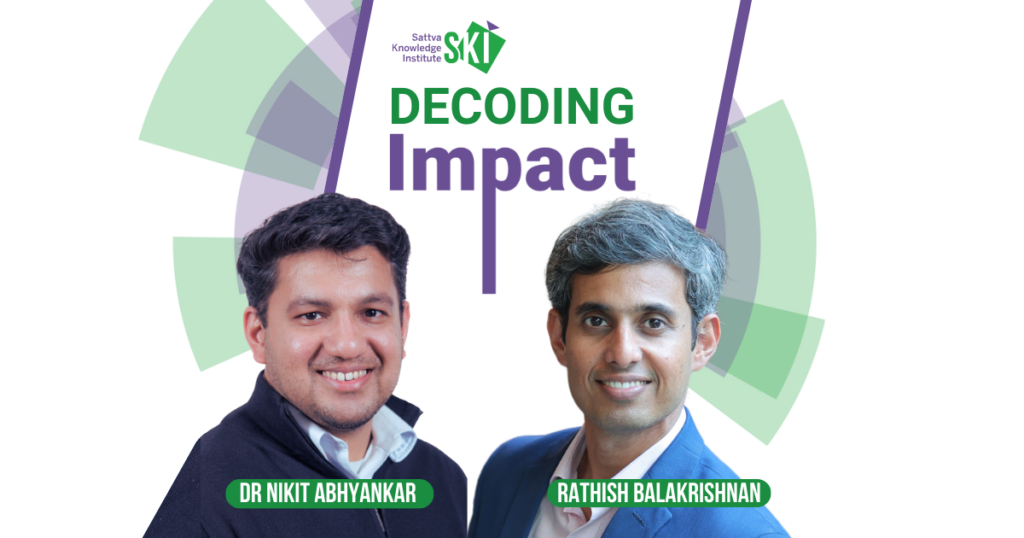Effective antenatal care is required to reduce India’s MMR
In October 2024, the Executive Director of the United Nations Population Fund, Dr. Natalia Kanem, lauded India’s efforts in reducing the MMR (maternal mortality rate) by 70% between 2000 and 2020, to 97 per 100,000 live births. However, this is still above the 2030 SDG 3 (Sustainable Development Goal) target of 70 per 100,000 live births. The MMR in states such as Assam, Madhya Pradesh, and Uttar Pradesh are well above 150. Poor health infrastructure is one factor that holds back an improvement in our MMR. However, socio-economic factors and the lack of women’s agency create low utilisation of available antenatal care services. Diagnostic tools become important in this context – the Lancet Commission on Diagnostics has stated that premature deaths (across multiple areas) can be reduced by 1.1 million annually by reducing the diagnostics gap in low and middle-income countries from 35-62% to 10%.
Adoption and commercialisation are challenges for India’s diagnostics ecosystem
India has a significant ecosystem for screening and diagnostic devices, with state-led as well as private incubation programmes. However, early adoption and commercialisation remain issues. The Sattva Knowledge Institute & Jhpiego held an expert consultation at the SKI Annual Summit in February 2024, which led to three key root-cause hypotheses: (1) limited understanding of the social context among investors, (2) lack of gender sensitivity and understanding of on-the-ground realities among innovators, and (3) limited capacity of states to integrate innovations in their health systems. We interviewed 17 diagnostic product developers and 12 ecosystem stakeholders to understand the complexities involved.
Insights from our study
Our recommendations to mitigate the above challenges, based on our study, fall into three broad buckets: (1) diagnostic tool design, (2) workflows of frontline staff and their constraints, and (3) the role of investors. Some of the important considerations include non-invasiveness and privacy, the need for more women technicians, enabling investors and innovators to understand social determinants of health inequities at the last mile, thoughtful integration of the devices in on-the-ground workflows, focus on device durability, portability, and functioning in low-resource settings and the move from a grant-led approach by philanthropy to a more holistic one that covers every stage from product ideation to commercialisation.
Contributors
- Ritika Ramasuri, Anushka Anand, Granthika Chatterjee, Harsh Bhatt, Lakshmi Sethuraman, Anantha Narayan and Rathish Balakrishnan (Sattva Knowledge Institute)
- Dr. Suhela Kapoor, Dr. Parag Bhamare, Dr. Anunaya Jain and Dr. Yashpal Jain (Jhpiego)
Cover image courtesy: Jhpiego
